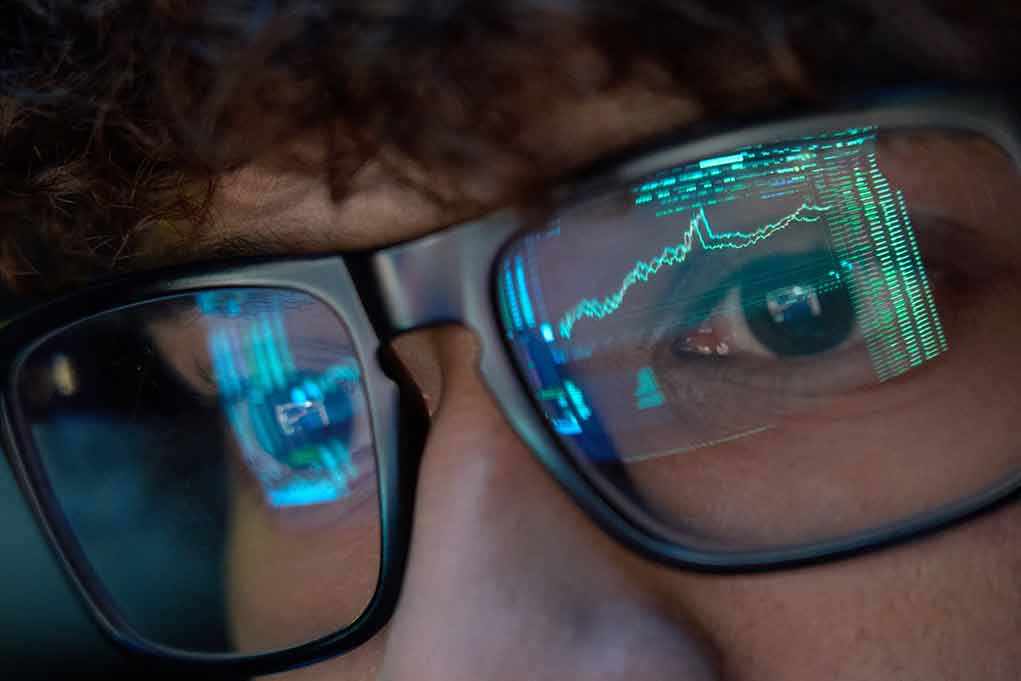
Your eyes might just be the tattletales of your internal health, broadcasting secrets about your body long before you’d ever think to check under the hood.
At a Glance
- The eyes reveal early signs of conditions like diabetes, hypertension, and autoimmune disorders.
- Digital eye strain is on the rise due to increased screen time, affecting both kids and adults.
- Dark circles and puffiness may be cosmetic—or may be waving red flags about your overall health.
- Regular eye exams now double as stealthy health screenings for problems beyond vision.
Why Puffy Eyes Are More Than a Beauty Blunder
Picture this: you spring out of bed, catch your reflection, and spot puffy eyes that could store a week’s worth of rainwater. Is it last night’s pizza binge, one-too-many Netflix episodes, or is your body sending smoke signals? For centuries, healers from ancient China to modern ophthalmologists have peered into peepers, convinced they can spot illnesses lurking beneath the surface. Today, those swollen eyelids might be telling you more than “put down the salt shaker.”
Modern medicine treats the eye as a diagnostic VIP pass—one of the only places where blood vessels and nerves are visible without surgical fanfare. Swollen, red, or shadowed eyes can point to dehydration, poor sleep, or a bit too much merlot, sure. But they can also be the harbingers of systemic issues: anemia, thyroid imbalances, even diabetes or autoimmune flare-ups. Before you brush off that morning bloat as simple vanity, realize it could be your body’s way of requesting a check-up, stat.
How Eye Symptoms Became Health Clues
Ophthalmology has come a long way from the days when a candle and a prayer sufficed for an exam. The introduction of retinal imaging and high-def scans means that eye doctors are now part Sherlock Holmes, part NASA engineer. Technologies like fundus photography and optical coherence tomography (OCT) empower them to spot microaneurysms—or tiny thunderclouds hinting at diabetes—years before you notice a thing. That means your annual eye exam isn’t just about updating your reading glasses; it’s a reconnaissance mission for your whole body.
Chalk it up to our modern lifestyles: staring at screens for hours has ushered in a new epidemic—digital eye strain. Gone are the days when tired eyes meant you’d been reading a steamy novel by candlelight. Now, dryness, redness, blur, and head-thumping headaches are the hallmarks of both remote workers and kids gaming past bedtime. The American Academy of Ophthalmology now recommends regular breaks and ergonomic setups, but with our collective addiction to glowing rectangles, the eyes are taking the brunt of the abuse.
Who’s Watching Your Eyes (And Why You Should Care)
If you thought only vain celebrities cared about eye puffiness, think again. Ophthalmologists and optometrists are on the lookout for more than just cataracts and nearsightedness. Each exam is a chance to catch systemic disease early, from the retinal changes of hypertension to the dry eyes of autoimmune disorders. Primary care doctors rely on their eagle-eyed colleagues for referrals when things look suspicious, while public health agencies are rolling out campaigns to make sure you get your eyes checked—whether you’re worried about crow’s feet or not.
Cosmetic changes like dark circles or fine lines might not always mean danger. Sometimes they’re just badges of honor for surviving parenting, deadlines, or a particularly emotional episode of your favorite show. But when these changes pop up suddenly or persist despite your best efforts at hydration and sleep, they might be worth a professional’s attention. Experts warn against self-diagnosis, pointing out that Google can’t peer into your optic nerve (yet).
The Ripple Effect: Eye Exams as Preventive Medicine
Regular eye exams are quietly becoming one of the unsung heroes of preventive medicine. Early detection of retinopathy or optic nerve changes can halt the march of diabetes or high blood pressure before they wreak havoc. Catching problems early doesn’t just save your sight; it can save you from heart attacks, kidney disease, or strokes—pretty high stakes for a quick peek behind your eyelids.
As awareness grows, insurance companies and policymakers are starting to see the dollar signs in prevention. Mandating eye exams for school kids and employees isn’t just about sharper vision; it’s about keeping people healthier—and healthcare costs lower—down the road. The boom in diagnostic technology means more jobs, more collaboration between disciplines, and a society that catches trouble before it snowballs. All from looking into your eyes. Who knew the gateway to better health was hiding behind your sunglasses?
Sources:
American Academy of Ophthalmology, 2025












